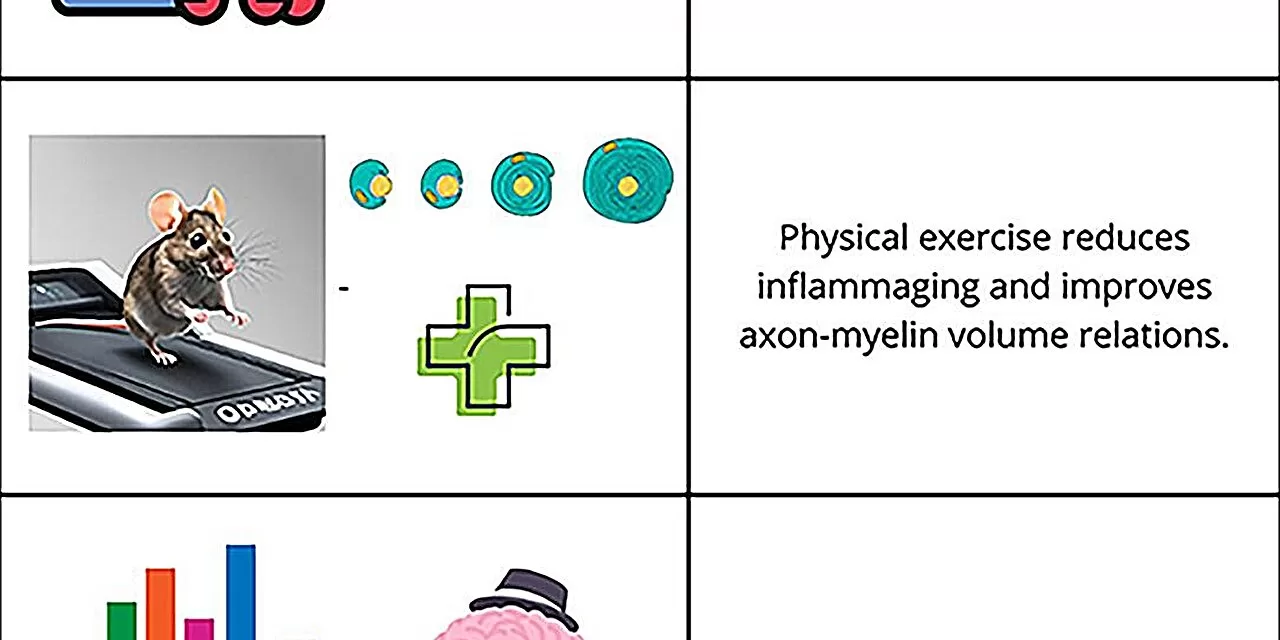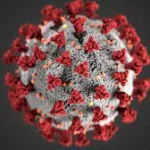Regular aerobic exercise could become a key strategy in preventing or slowing the progression of Alzheimer’s disease, a new study led by scientists from the University of Bristol (UK) and the Federal University of São Paulo (Brazil) suggests. Published in Brain Research, the groundbreaking research has revealed that physical activity not only protects healthy brain cells but also restores balance in the aging brain, offering new hope for millions affected by this devastating neurodegenerative disorder.
The study focused on the hippocampus, the brain region responsible for memory and learning, and examined how aerobic exercise impacts critical Alzheimer’s disease markers: amyloid plaques, tau tangles, and iron accumulation in oligodendrocytes, the cells that produce myelin. These pathological markers are central to the development and progression of Alzheimer’s.
Key Findings
The study, conducted in rodent models, found that aerobic exercise led to:
- Significant Reductions in Alzheimer’s Markers: Exercise resulted in a 63% decrease in tau tangles, a 76% reduction in amyloid plaques, and a 58% decrease in iron accumulation in the brains of the exercised rodents.
- Enhanced Brain Cell Health: Regular exercise promoted the growth of protective oligodendrocytes, which are essential for brain cell communication and overall brain health.
- Reduced Inflammation: The exercise group showed a reduction in brain inflammation by 55% to 68%, depending on the specific inflammatory biomarker measured.
- Improved Brain Cell Communication: The improved neural communication indicated a restoration of balance in the aging brain, promoting better cognitive function.
Dr. Augusto Coppi, Senior Lecturer in Veterinary Anatomy at the University of Bristol and a senior author of the study, emphasized, “While the cellular mechanisms behind the neuroprotective effects of physical exercise have remained elusive until now, our findings suggest that aerobic exercise could play a crucial role in slowing or even preventing the progression of Alzheimer’s disease.”
Implications for Public Health
The study’s results highlight the potential for incorporating regular aerobic exercise into preventive strategies for Alzheimer’s. Researchers suggest that public health initiatives should prioritize exercise programs tailored to aging populations, recognizing that physical activity could significantly reduce the risk of cognitive decline associated with the disorder.
“We are now planning human clinical trials to confirm these findings in people and to further explore the possibility of targeting iron metabolism and cell death as therapeutic approaches for Alzheimer’s,” Dr. Coppi added.
A Glimmer of Hope
With no known cure for Alzheimer’s disease, the findings of this study offer a glimmer of hope for individuals at risk of or currently living with the disease. The evidence strongly supports the notion that regular physical activity, particularly aerobic exercise, could play a pivotal role in maintaining brain health and reducing Alzheimer’s markers.
As the global population ages, the need for accessible, effective prevention strategies has never been more urgent. The research team hopes that their work will inspire further studies and, ultimately, lead to the development of new treatments that address the root causes of Alzheimer’s, offering better outcomes for future generations.
More Information:
R.C. Gutierre et al, “Tau, amyloid, iron, oligodendrocytes ferroptosis, and inflammaging in the hippocampal formation of aged rats submitted to an aerobic exercise program,” Brain Research (2024). DOI: 10.1016/j.brainres.2024.149419











